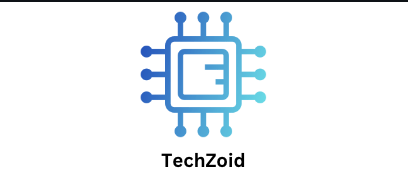What is a DC/DC power supply?
A DC/DC power supply is an electronic device that transforms a direct current (DC) source from one voltage level to another. Unlike AC/DC converters, which convert alternating current (AC) to DC, DC/DC converters exclusively operate with direct current. In accordance with the demands of the connected capacity, they either increase (boost) or decrease (buck) the voltage. This voltage regulation is crucial because electronic components frequently necessitate precise voltage levels to operate effectively, and any deviation can result in inefficiency or damage.
For instance, a battery may supply 12V, but a microcontroller within the system may only require 5V. A DC/DC converter effectively reduces the voltage to the desired level while ensuring a consistent output. In the same way, a step-up converter increases the voltage to satisfy the system’s requirements when a higher voltage is required from a lower voltage source.
The Operation of DC/DC Power Supplies
A DC/DC power supply’s functionality is contingent upon a combination of feedback mechanisms, inductors, capacitors, and switching components. A high-frequency switching technique is the most prevalent method of conversion. The input voltage is swiftly switched on and off by a transistor, resulting in a transient signal that is subsequently processed by an inductor and capacitor network. This network stabilizes the DC output by smoothing the pulses. Feedback circuits continuously monitor the output voltage and modify the switching duty cycle to maintain regulation, ensuring that the voltage remains constant despite changes in input voltage or load conditions.
Efficiency is one of the primary benefits of this method. Excess voltage is typically dissipated as heat by conventional linear regulators, which frequently leads to energy loss. Conversely, switching DC/DC converters are appropriate for energy-sensitive applications and battery-powered applications, as they can attain efficiencies of 85–95%.
Types of DC/DC Power Supplies
Buck converters and boost converters are the two primary varieties of DC/DC converters.
Buck Converters: These devices reduce the input voltage to a lower output voltage. They are frequently employed in applications that necessitate a consistent, lower voltage from a higher voltage source, such as the energizing of microcontrollers from a 12V battery.
Boost converters are devices that elevate the input voltage to a higher output voltage. They are frequently employed in systems where the available voltage is insufficient to power a specific component, such as LED controllers or portable devices that necessitate higher operating voltages.
Furthermore, isolated converters are available, which offer electrical isolation between the input and output for the purpose of noise reduction and safety. Buck-boost converters are also available, and they have the ability to adjust the input voltage in accordance with the system’s needs.
Applications of DC/DC Power Supplies
DC/DC power supplies are employed in an extensive variety of applications. In consumer electronics, they are responsible for the operation of devices such as laptops, smartphones, and tablets, ensuring that the battery voltage is efficiently managed to align with the device’s requirements. In industrial applications, DC/DC converters are essential for the reliable operation of automation equipment, robotics, and communication systems, which require constant power.
DC/DC converters are utilized in renewable energy systems, including electric vehicles or solar panels, to optimize the power derived from variable sources and guarantee that batteries or motors receive the appropriate voltage. DC/DC converters are also extensively utilized in medical devices, where patient safety and equipment performance are contingent upon precision and reliability.
Benefits of DC/DC Power Supplies
Voltage regulation is not the only advantage of DC/DC power supplies. Their exceptional efficacy is especially critical in battery-powered or compact devices, as it minimizes heat generation and energy consumption. They facilitate the development of intricate electronic systems by offering a variety of voltage levels from a single power source. Additionally, their capacity to offer isolation improves safety and mitigates the likelihood of electrical interference between components.
Conclusion
DC/DC power supplies are essential components of contemporary electronics, providing efficient voltage conversion, regulation, and isolation in a wide range of applications. They guarantee that electrical components receive the appropriate voltage to achieve optimal performance, ranging from portable devices to industrial machinery and renewable energy systems. The significance of DC/DC converters will only increase as technology continues to develop, fostering advancements in reliability, miniaturization, and efficiency. It is imperative for engineers, technicians, and enthusiasts who are committed to the development of energy-efficient and durable electronic systems to comprehend their applications, varieties, and functions.
